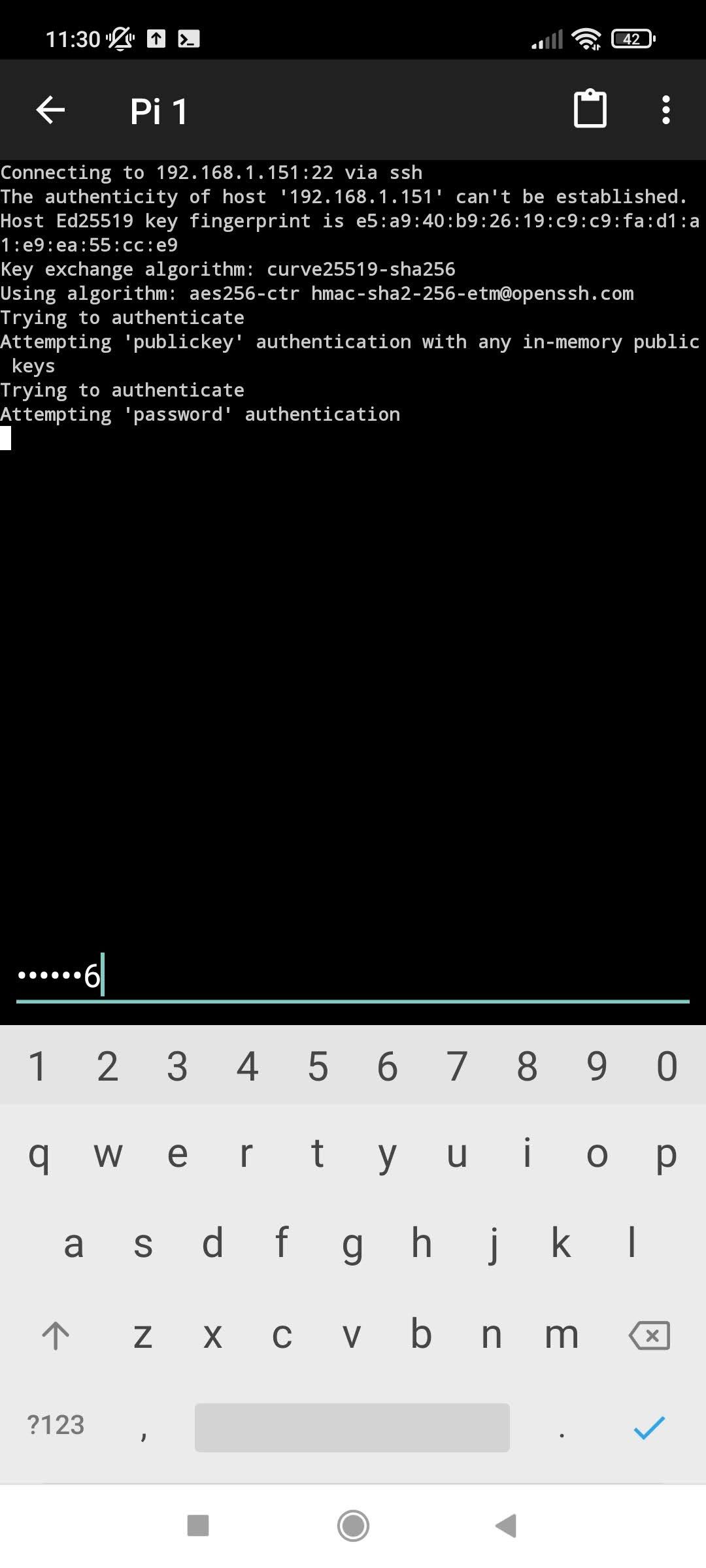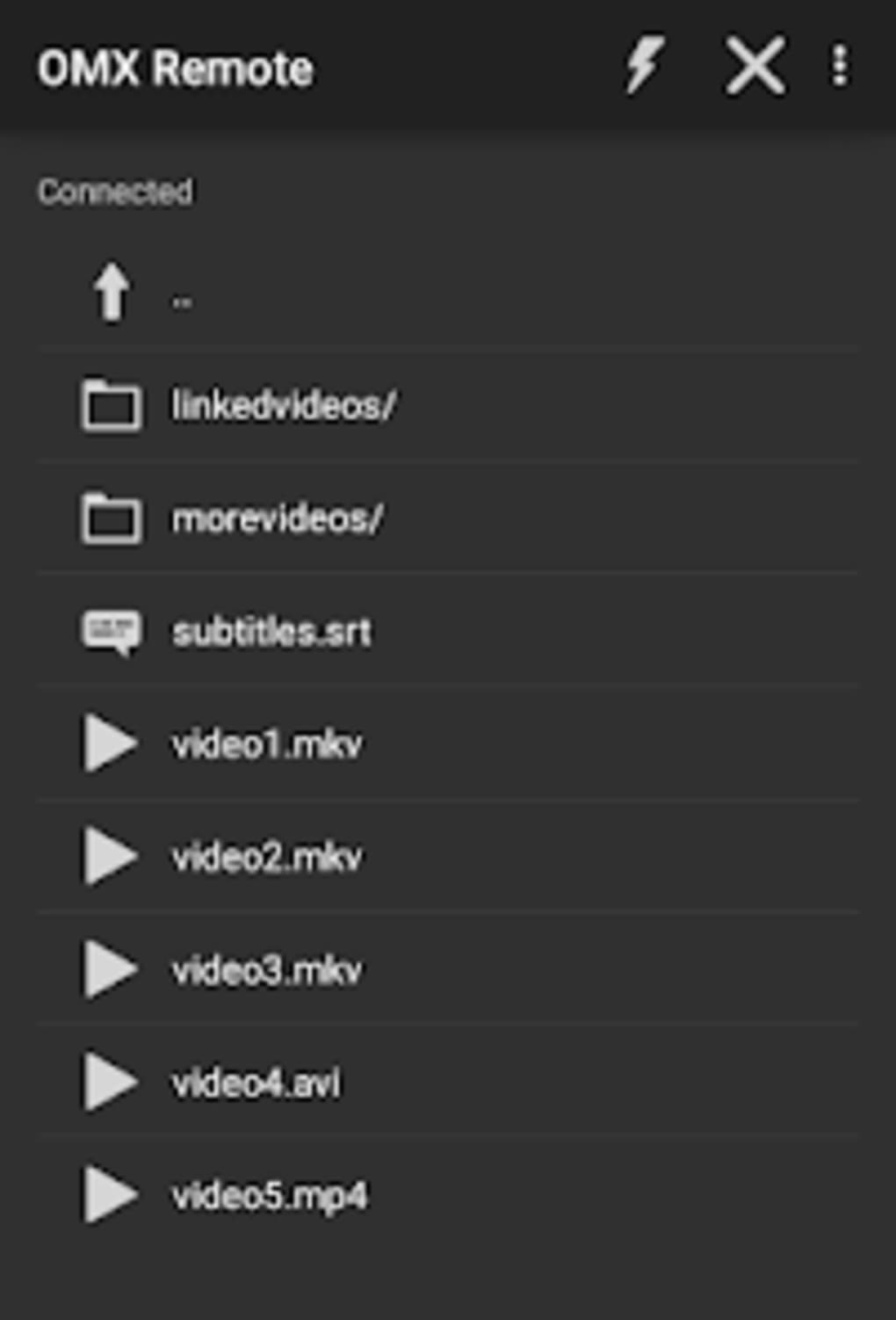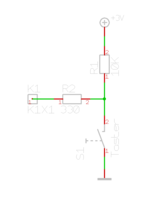How can you effectively manage IoT devices remotely? A robust RemoteIoT Platform is the answer. This platform offers an unparalleled solution for managing and monitoring your IoT devices, ensuring seamless operations from any location. With features like real-time data monitoring, cloud-based storage, and secure SSH access, it stands out as a pivotal tool in today's tech-driven world.
As technology continues to evolve, the Internet of Things (IoT) has emerged as a transformative force. Among the various platforms available, RemoteIoT Platforms have revolutionized how we interact with devices and manage systems remotely. Specifically designed for devices like the Raspberry Pi, these platforms provide essential functionalities such as remote device management, real-time data processing, and secure access through SSH keys. By leveraging these capabilities, users can enhance their IoT projects significantly while maintaining high levels of security and efficiency.
| Name | Anil Chawla |
| Profession | Customer Engineer at Unisys |
| Education | Campion School, Bhopal |
| Location | Greater Sydney Area |
| Connections | 382 on LinkedIn |
| Experience | Electronic Engineer with extensive background in IoT solutions |
| Reference | LinkedIn Profile |
The integration of SSH keys within RemoteIoT Platforms enhances security measures by authenticating users before granting access to critical systems. For instance, when managing a Raspberry Pi remotely, enabling SSH ensures that only authorized personnel can connect to the device. Furthermore, installing necessary libraries and configuring appropriate settings allow for efficient operation without compromising safety protocols. These practices underscore the importance of adhering to best standards when implementing remote management solutions.
One notable advantage of utilizing RemoteIoT Platforms lies in their ability to facilitate real-time data monitoring. By connecting multiple devices across different locations, administrators gain valuable insights into system performance metrics, enabling proactive maintenance strategies. Additionally, cloud-based storage options provided by these platforms ensure scalability and flexibility, accommodating growing demands effortlessly. Such capabilities empower organizations to optimize resource allocation while reducing operational costs associated with traditional on-premise setups.
Consider upgrading your Raspberry Pi model for better performance if current hardware limitations hinder optimal functionality. Advanced features offered by modern iterations not only improve computational power but also expand connectivity options, enhancing overall usability. Copying public keys to your Raspberry Pi via commands like 'ssh-copy-id pi@your_pi_ip_address' simplifies authentication processes, streamlining interactions between local networks and external interfaces securely.
In addition to core functionalities, several supplementary aspects contribute towards making RemoteIoT Platforms indispensable tools for managing IoT ecosystems effectively. Best practices emphasize securing Raspberry Pi units using comprehensive encryption methods alongside regular firmware updates. Implementing additional safeguards such as firewalls or intrusion detection systems further fortifies network defenses against potential threats posed by unauthorized access attempts.
Conclusion highlights the significance of adopting reliable RemoteIoT Platforms tailored specifically for handling diverse IoT applications involving devices like Raspberry Pi. As the Internet of Things continues expanding exponentially, staying ahead requires embracing cutting-edge technologies capable of addressing emerging challenges efficiently. Leveraging advanced features embedded within these platforms empowers users to unlock new possibilities while ensuring robust protection mechanisms remain intact throughout implementation phases.
When evaluating suitable options among numerous contenders vying for attention within this competitive market segment, prioritizing factors such as ease-of-use, compatibility, affordability, along with proven track records become crucial decision-making criteria. Ultimately, selecting a well-rounded solution aligns closely with organizational goals aimed at fostering innovation while safeguarding investments made towards building resilient infrastructures supporting tomorrow's interconnected environments.




